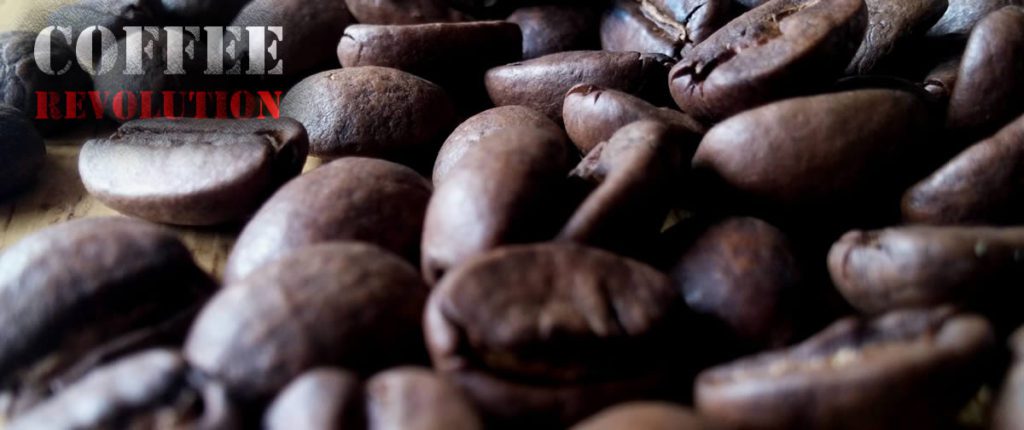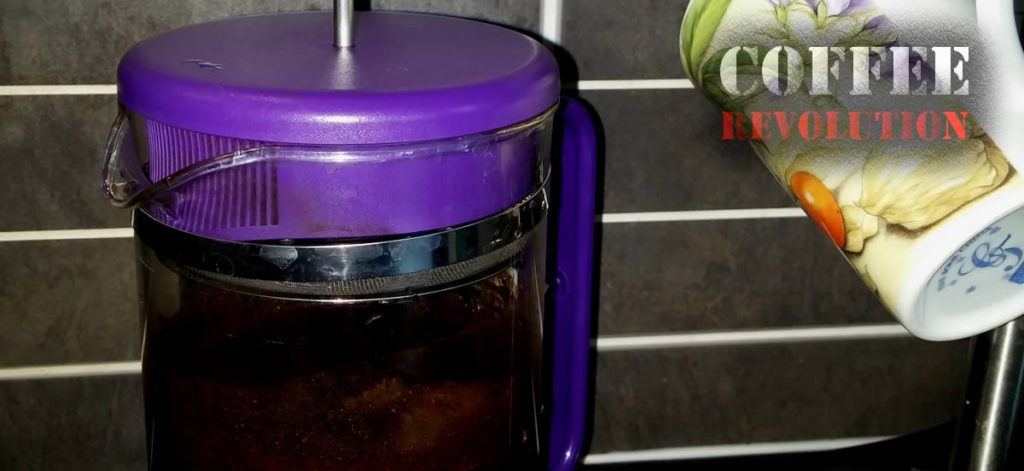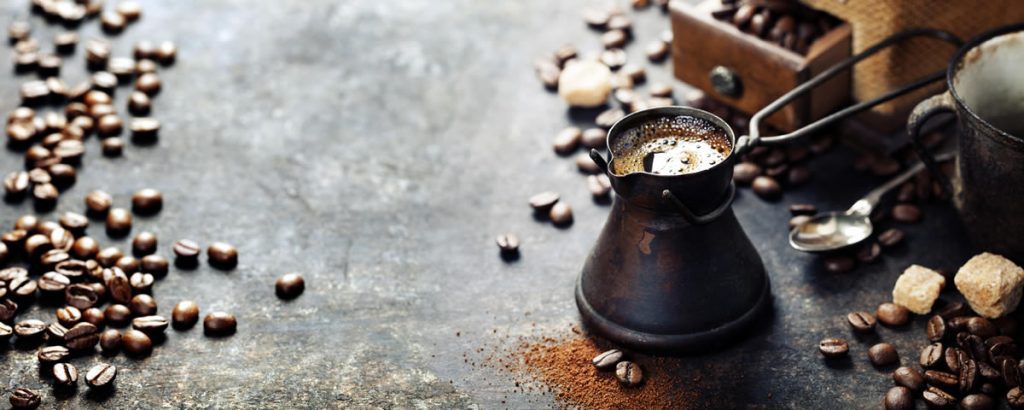To the unseasoned or new coffee drinker, the luscious world that lies behind the typical morning cup of joe can seem quite intimidating, and I completely understand why.
In the coffee community, there are tons of terms that are thrown around that could make the average person quiver in fear. I will admit, there is a bit of a learning curve, but if you’re willing to learn, the world will be in your hands, and so will great coffee.
To make learning a bit easier, let’s go over a few, well, maybe a lot, of terms that are related to coffee. Some might seem pretty basic, but it is best to cover all bases.

General Coffee Terms
Arabica Coffee: The Arabica coffee species is often associated with some of the highest quality coffee in the world. Despite how difficult it can be to raise Arabica coffee plants, as they are very susceptible to diseases, it is worth the effort for the amazing result. Most coffee is of the Arabica variety, as opposed to Robusta.
Robusta Coffee: This is the second most popular coffee species. Robusta is considered to be of lower quality than Arabica, based on its higher caffeine levels which adds bitterness. Robusta coffee plants are a lot more resilient to diseases, such as coffee leaf rust. Another positive, is that it builds fantastic Crema in espresso shots.
Coffee Scoop: A scoop used to measure a specified amount of beans or grounds. The sizes of these vary, so make sure you know the size, and adjust accordingly. You can just use a normal measuring spoon.
Carafe: A carafe is a sort of umbrella term that covers several types of pitchers, generally what coffee is brewed into on a drip brewer. These can also be called urns.
Coffee Filter: These come in a lot of different varieties and sizes, and can be made of different materials. They are traditionally used to hold coffee grounds inside of a drip brewer, and allow the water-bean infusion to go into the carafe leaving the grinds in the filter.
Crema: This is the beautiful light brown foamy bit that tops off a perfectly pulled espresso shot.
Demitasse: A small coffee cup, ranging from 1-3 ounces. They are used as shot glasses for espresso machines, or as serving glasses for Turkish coffee.
Goose-Neck Kettle: Quite similar to a typical kettle, but with a long curved spout to allow a very controlled pour. Mainly used when making coffee with a pour-over method.
Scale: Just a typical kitchen scale to measure the weight of water and beans. A great tool to make sure your coffee is consistent every time you make it, no matter the brew method.
Espresso: The super-concentrated coffee, also known as espresso shots, that are made using an espresso machine. There are also different kinds of espresso shots:
Long/Lungo: An espresso shot where much more water is forced through the bed of coffee grounds, resulting in a very… unique, to say the least, flavour. A good way to get the absolute most out of your coffee.
Short/Ristretto/Cortissimo: These are espresso shots where less water is forced through the coffee grounds, resulting in a sweeter taste from a lack of extracts in the coffee. Famously used in a ‘flat white.’
Bottomless Portafilter: These are lovely portafilters that do not have spouts, but instead have an exposed steel mesh filter. A fantastic way to really gauge the quality of espresso shots being pulled by the barista. The shots pulled from one of these styles of portafilters are beautiful, a kaleidoscope of crema, oils and the coffee shot.
Cappuccino: A very traditional espresso-based beverage consisting of mostly expertly steamed milk foam. Cappuccinos are one of the staple drinks in cafes across the world, and is one of the most important drinks for a barista to master on an espresso machine.
Coffee Scale: While not necessarily something crafted specifically for coffee brewing, scales are used to weigh the amount of water and coffee that will be used for brewing.
Dark Roasted Coffee: Roasted much longer than medium or light coffee beans, dark roasted coffee is usually very dark in colour, almost like charcoal, and will be coated in thick coffee oils. Dark roasted coffee has very light acidity, a heavier body, and will have almost none of the flavours that the coffee’s origin would suggest.
Degassing: The, sometimes 3+ day, process that coffee beans sit through after roasting. This process allows for any gasses that built up during roasting to dissipate, making the coffee taste more refined and giving it a better flavour.
Gold Coffee Filter: These go by many different names, but they are essentially just gold coloured reusable filters that sometimes come with coffee brewers. These filters allow more oils to go into the coffee, which gives it a deeper and more complex flavour when compared to a typical paper filter.
Latte Art: Art that is created using wrist techniques, perfectly steamed milk, and god-like espresso shots. Common latte art consists of flowers, swans, and hearts. Some people who are experts can make some of the most complex designs that I could only dream of doing myself. Latte art takes a lot of practice.
Latte: A traditional espresso-based beverage. Unlike the cappuccino, the latte consists of mainly steamed milk, with a small amount of foam on top. Another staple in cafes.
Light Roasted Coffee: Coffee that has been roasted for only a couple of minutes. It will have no visible oil on the outside of the bean, will be very light in colour, will maintain the majority of its natural origin flavour, and also has a fair amount of acidity.
Macchiato / Espresso Macchiato: A double shot of espresso that is kissed with an equal amount of milk foam. The term “macchiato” means “to mark,” so it is an appropriate name for the drink.
Medium Roasted Coffee: Coffee roasted slightly longer than light. There will be a small amount of oil present on the light brown beans. Medium roasted coffee usually contains less acidity, but will have a deeper flavour, sacrificing some of the origin’s flavour that it came from.
Minipresso: A super small handheld espresso machine that uses no electricity, and is pumped by the user. Great for camping. The shots may not be $2,000 espresso machine quality, but they are not bad at all considering how they are made.
Moka Pot / Stovetop Espresso Machine: A traditionally aluminium forged coffee brewer that makes a form of pseudo espresso and is used on the stove. Very popular in parts of Europe, Cuba, and Mexico.
One Way Valve Bags: These are the very popular foil bags that coffee is often sold in. The one-way valve on the bag allows for any carbon dioxide that would build up from roasting to escape, and prevents air from coming back into the bag. One of the best ways to store and sell coffee.
Siphon Pot / Vacuum Pot: A coffee brewer consisting of two glass bulbs, where pressure builds up in the lower one and forces water up through to the second. Once the brewing cycle is complete, the heat is turned off which will draw all the brewed coffee through a filter back into the bottom chamber.
Tamper: A cylindrical head attached to a handle. These are used to tamp or compress the ground coffee inside of a portafilter for an espresso machine. They come in many shapes and styles, but even the most basic ones work as well as you’ll need them to. Always make sure that when shopping, to get the correct size for your portafilter. Too small, and it won’t tamp all the grounds. Too big and it won’t fit in the portafilter.
Coffee Brewing Contraptions
Aeropress: These are pretty new to the coffee scene, being invented in 2005. An Aeropress is a sort of piston looking device, with wonderfully short brew times. The coffee that comes out of one is usually pretty concentrated, so watering it down may be needed. I love how quickly you can make coffee with one, especially when I am feeling too tired to deal with a French press. These are some of the most versatile brewing devices around.
Espresso Machine: A lovely machine that uses either steam, pump-driven, lever, piston, or air-pump pressure to force hot water through coffee grounds that are tamped down into a portafilter. Espresso machines are used to make a plethora of coffee drinks, such as lattes, cappuccinos, and even mochas for people who love a little chocolate in their life.
French Press: These are touted as one of the best ways to get super flavorful coffee, and I sure do agree. This is because French presses use a steel mesh filter to separate the grounds from the water after a 4 minute brew time. Because the filter is made of steel, a lot of coffee bean particles will seep through, and give a lot of flavour. French press coffee is usually somewhat murky, because of the extra solids that make it through filtration.

Drip Brewer: Arguably the most common way to make coffee, and one of the easiest, only requiring you to put a measured amount of ground coffee into a filter, add water to a tank, and flip a switch. These are standard in diners, restaurants, and cafes across the world.
Pour-Over: This is a fantastic alternative to a drip brewer, giving far better control over the flavour of your coffee, as you are controlling the flow of water. Different water pouring methods can allow different flavours to become more or less noticeable. A pour-over is a type of funnel that a coffee filter is inserted and ground coffee is added, hot water is poured from a goose-neck kettle over the grounds. This is my preferred way to make coffee when I want at least 12 ounces.
Turkish Coffee: Turkish coffee is very different compared to most brewing methods. Instead of the coffee being filtered somehow, this method relies on gravity to pull the powder-fine coffee particles to the bottom of the demitasse. A Turkish coffee pot, or Ibrik, is a small copper pot that is used on the stove. A spoon full of powdered coffee beans is added for every serving, which is equal to whichever demitasse the host is using. Often combined with sugar, but NEVER cream, as Turkish coffee should be, “strong as hell, black as death, and as sweet as love,” according to the tradition.

Ibrik (Cezve): The small pot used to make Turkish coffee. Traditionally plated in copper, and can be plain, or extremely ornate.
There is pretty much an infinite amount of terminology associated with coffee, but I feel as though I covered a pretty good amount to make things easier as you walk down the path of coffee euphoria. Happy brewing!
